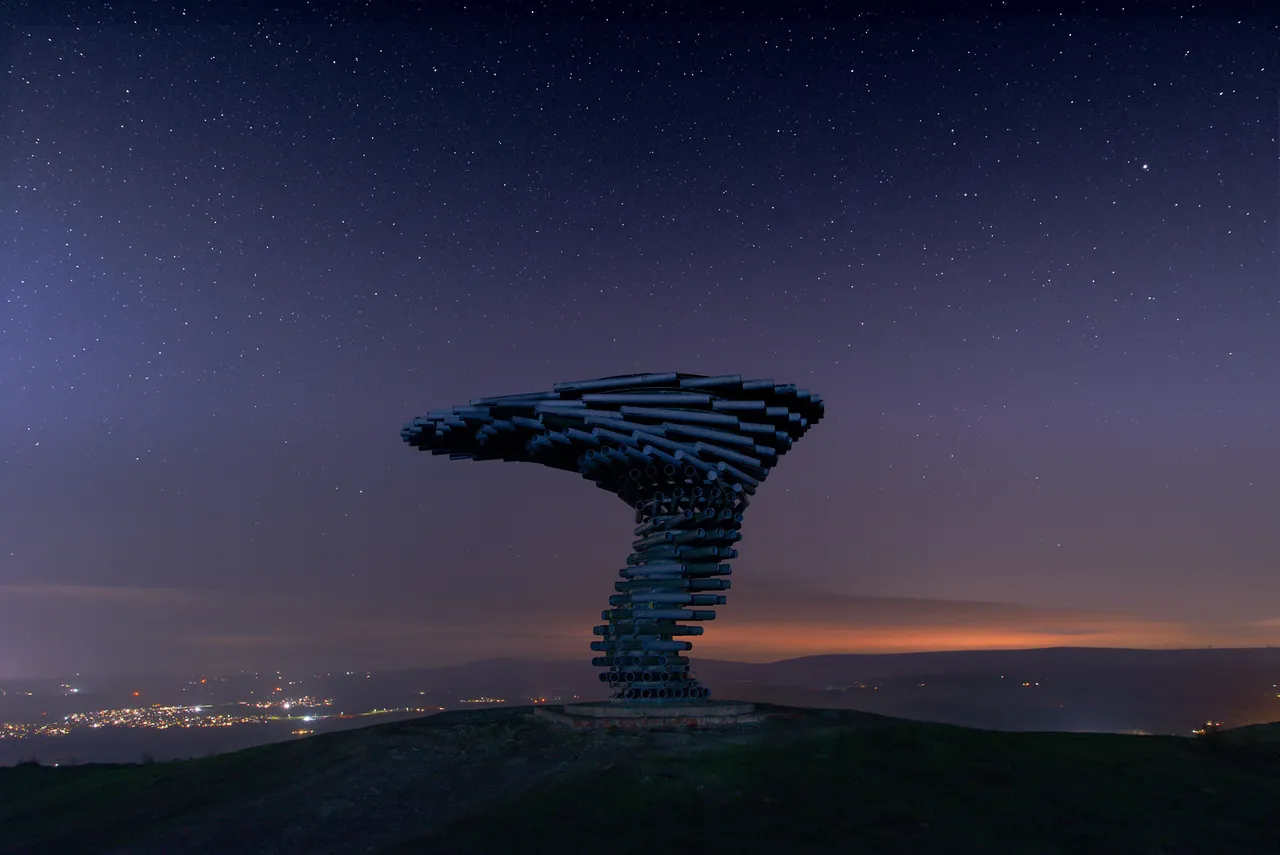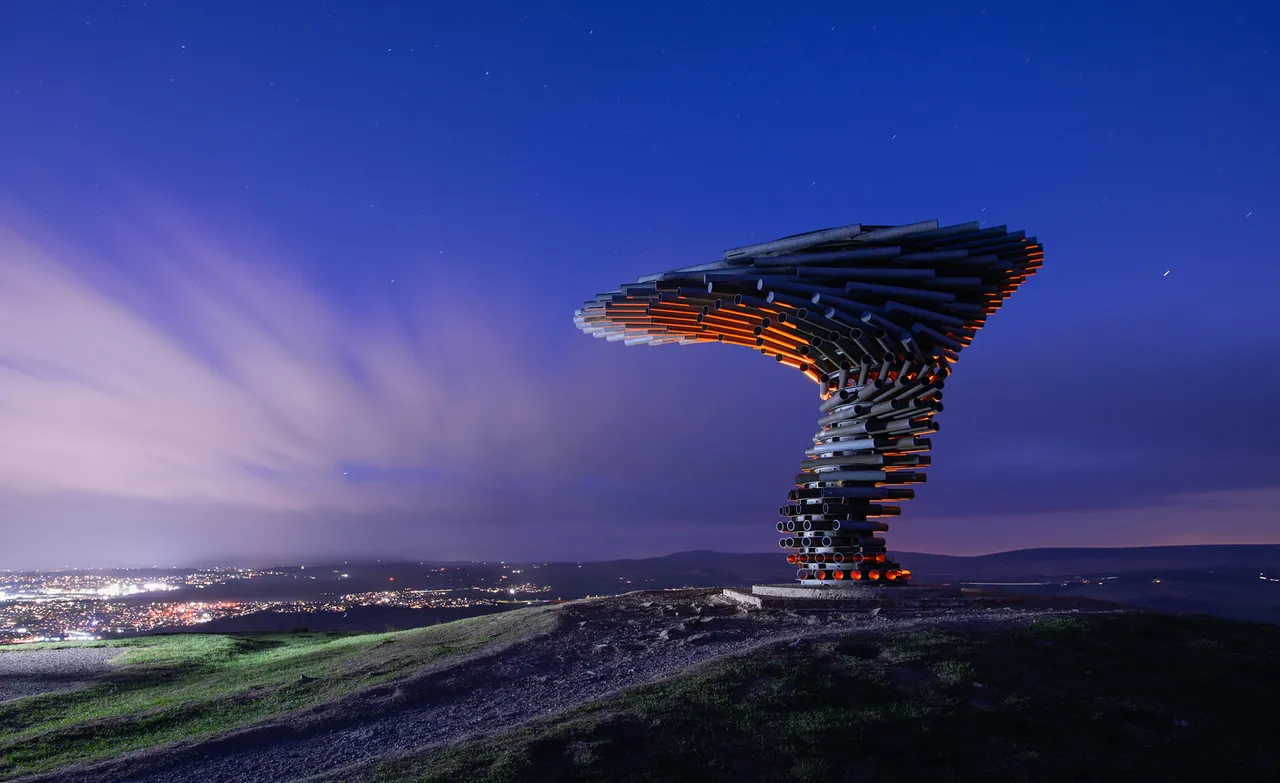
Good evening Hiveworld. I hope you are well and managing to stay sane during these funny old times.
Here's one from last Friday up at the tree with Phill F. Once I had created some over the top Light Painted images I decided to try my hand at capturing the stars which adorned the sky.
After watching a fair few tutorials on YouTube I had the base knowledge to give it a try.
The idea is to take a number of shots (between 6 and 10) of the sky. Ensuring your camera is in fully manual mode so all of the exposure values are the same.
On my camera I had to stop the Nikon 20mm f1.8 g lens down to F2. This ensures a good trade off between sharpness, light sensitivity and low coma. For those who don't know coma is an issue with many lenses when shot wide open which gives points of light little wings. To negate this, generally stopping down a lens will get rid of this artefact.
I took about 8 shots of about 10 seconds each at iso1600. High iso creates noise. This is like a grainy effect which ruins detail and makes the final image look scruffy. Usually you can increase the shutter speed to enable you to decrease the iso but due to the rotation of the earth this would result in the stars trailing and this wasn't the effect I was looking for. There is a rule called the rule of 500 which allows you to work out the longest shutter speed to ensure your stars don't trail. This is based on your sensor size and the focal length of the lens. For my set up 10 seconds is about the longest I can get away with. A 14mm lens would allow for a longer shutter speed and a 135mm lens you would see stars trailing much quicker.
Now I had already downloaded a free programme on my PC called Sequator. This enables me to stack images of the stars and the programme removes the noise created from using a high iso and creates a nice clean image, with the stars visible as points of light. Photographing the stars is somewhat a balancing act between shutter speed, iso and aperture.
So I had captured the 8 images of the stars in quick succession now I needed to capture some dark frames. You keep the settings the same as before but put the lens cap on. This allows Sequator to map out all the noise which is captured/created by the sensor. It can then remove it giving you a really clean final image.
Once you have all the images on your PC you can run them through Sequator. You place the star images in first and then the dark frames. Next you have to paint which region of the image is the sky as the programme needs a little help with this. I chose to freeze the ground and to remove light pollution but there are numerous other settings to faff about with.
Now I'm by no means an expert at this but I thought I'd share the knowledge I do have for others to have a go.
This programme is really cool and I have seen people online create fantastic images using a very basic DSLR and a kit lens, so don't think you need really fancy equipment to give this a go.
As I said I'm still very much finding my way around this area of photography and still have much to learn but that's the fun of photography. Always something new to learn.
If you are on a Mac then there is an equally cool programme called Starry Landscape Stacker which does the same job.

Here is what happens when you leave the shutter open for too long. If you zoom in you can see how the rotation of the earth creates lines rather than points of light. I do love a good star trail shot but when trying to photograph the stars as seen by the human eye this method with Sequator works the best.
Thanks for looking and there are plenty of tutorials on YouTube if you wish to explore this further.
I usually enjoy Lightpainting Photography the most and if you'd like to see lots of juicy Light art see below.......
For more examples of innovative and original lightpainting including camera rotation photography, check these lightpainters: @fastchrisuk @dawnoner @mafufuma @oddballgraphics @martbarras @stefan.stepko @rod.evans.visual @yo-hoho @maxpateau These chaps are amongst the best there is!
Give our Hive Community Lightpainters United a follow and you will be introduced into the world of light painting.

